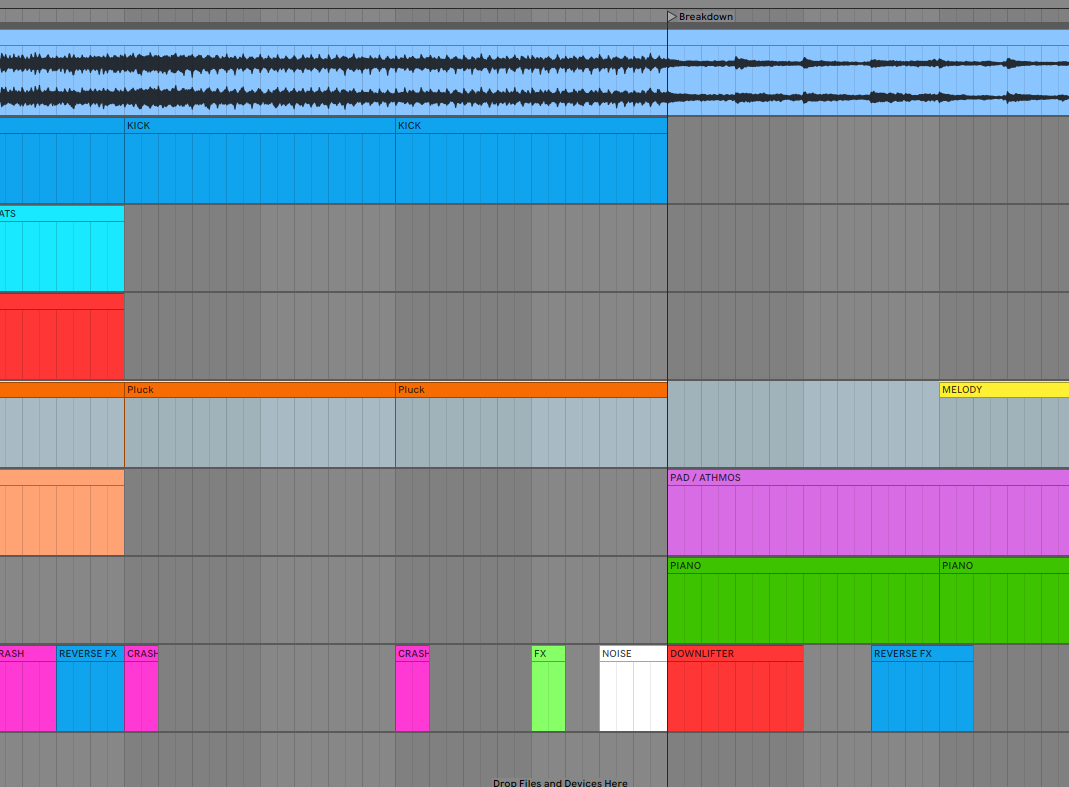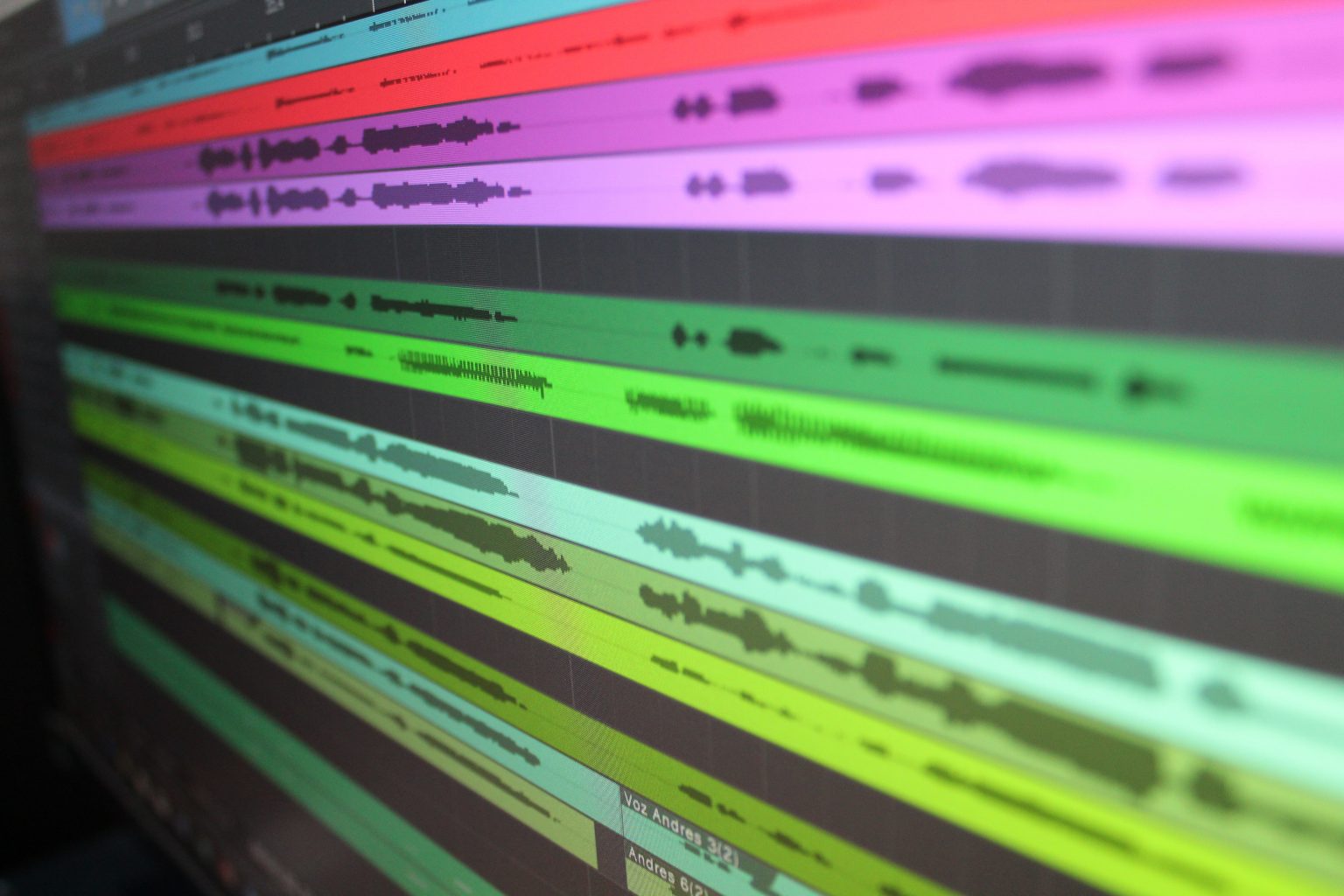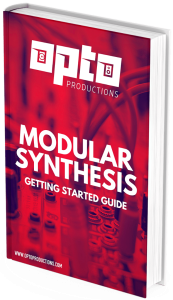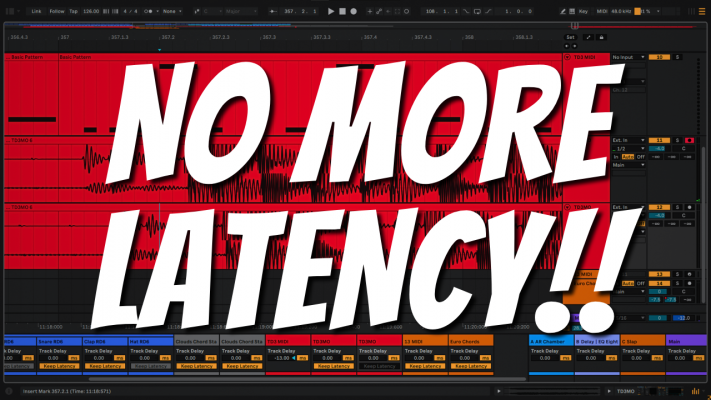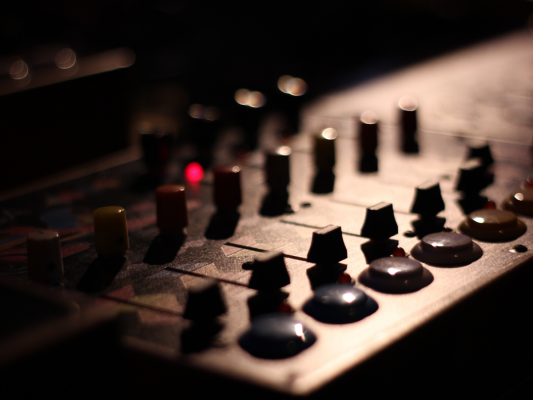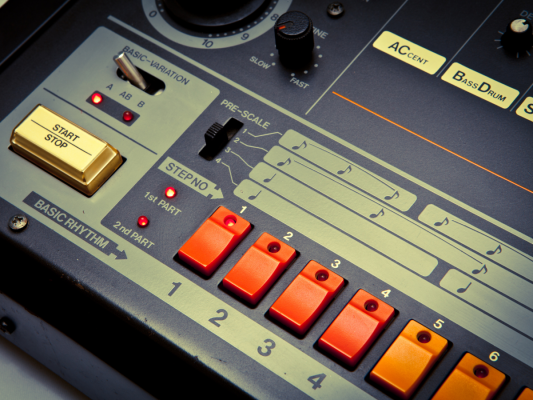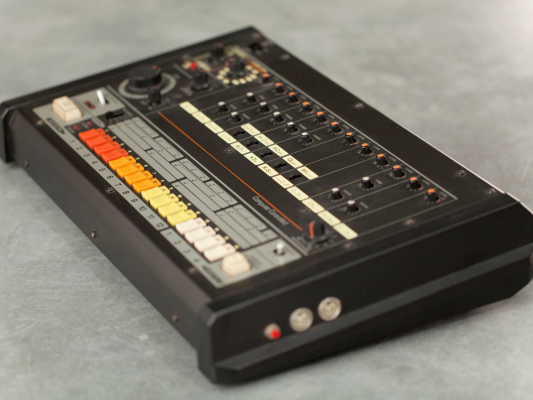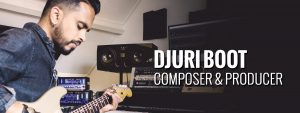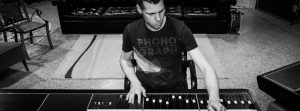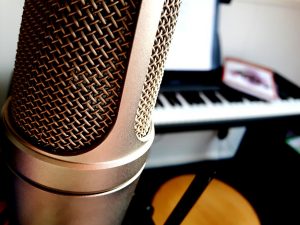Now that you know everything about rhythm, chords, and melodies. Let’s look at how to mold those ideas into a 3 minute and 30-second track.
Form
Form or structure describes what parts go into a song and in what order. A typical song structure is as follows:
Verse A > Verse B > Chorus > Verse C > Chorus > Bridge > Chorus
A verse is used to progress a story told by a singer. It is here to answer questions about the story, the who, what, when, and why. Every verse gets a little bit more complex by adding additional instruments during the song.
The chorus is the main focal point of a song. It includes the ‘hook’ a.k.a. the catchy, rememberable part. A chorus is high in intensity in comparison to the verse and the melody usually enters a higher register. A chorus is repeated multiple times in a song with similar lyrics and melodies. While a verse uses different words each time and more variation musically.
The bridge, often called a middle-8 because it lasts for 8 bars, is a variation that is totally different from all other parts in a song. It is meant to make a statement or to give a plot-twist. A bridge changes dynamics, rhythm, chord progression, and melody. It keeps the song interesting.
Some songs also feature an intro and outro to introduce and end the track. These parts are usually quite short in pop music but are often about a minute long in electronic dance music. This is to make sure the DJ has plenty of time to mix two tracks together.
Arrangement
What is arranging? Arranging is about which instruments you use and when you use them. You might use drums, bass, piano, guitar, and vocals in a chorus, but a verse doesn’t necessarily need all those instruments. Maybe just piano and vocals are enough.
Arranging is about sound and what parts to play. A drummer might go to a ride cymbal in the chorus while playing on the hi-hat in a verse. A guitarist might use triads in a verse while using power chords in a chorus.
Maybe you want to add extra percussion elements like shakers and tambourines. What parts do they play, how and when? You might want to drop instruments altogether like in a breakdown section in electronic music, where all the drums are muted.
Arrangement & form go hand in hand and are essential tools to keep listeners interested. Think about the broad structure of a song and don’t forget about dynamics. Should your song start quietly with only piano and vocals and end up with a bombastically loud chorus in the end? Or do you want your song to ebb and flow?
Work backwards
Form is like a map that takes you from point A to B. Arrangement is what you use and when you use it. When I produce music I usually start out by writing the final chorus. This is the part that needs to sound as big as possible. From there on I work backward to the start of the song and slowly strip away instruments. Removing parts is way easier than creating new parts.
Pick a few songs and listen to how they use form and arrangement. Changes are often made every 4 or 8 bars. Try to identify the instruments they use and when they use it. It helps to import a song into your DAW and use empty colorized midi clips to act as placeholders for instruments. This gives you a visual indication of how a track is structured.
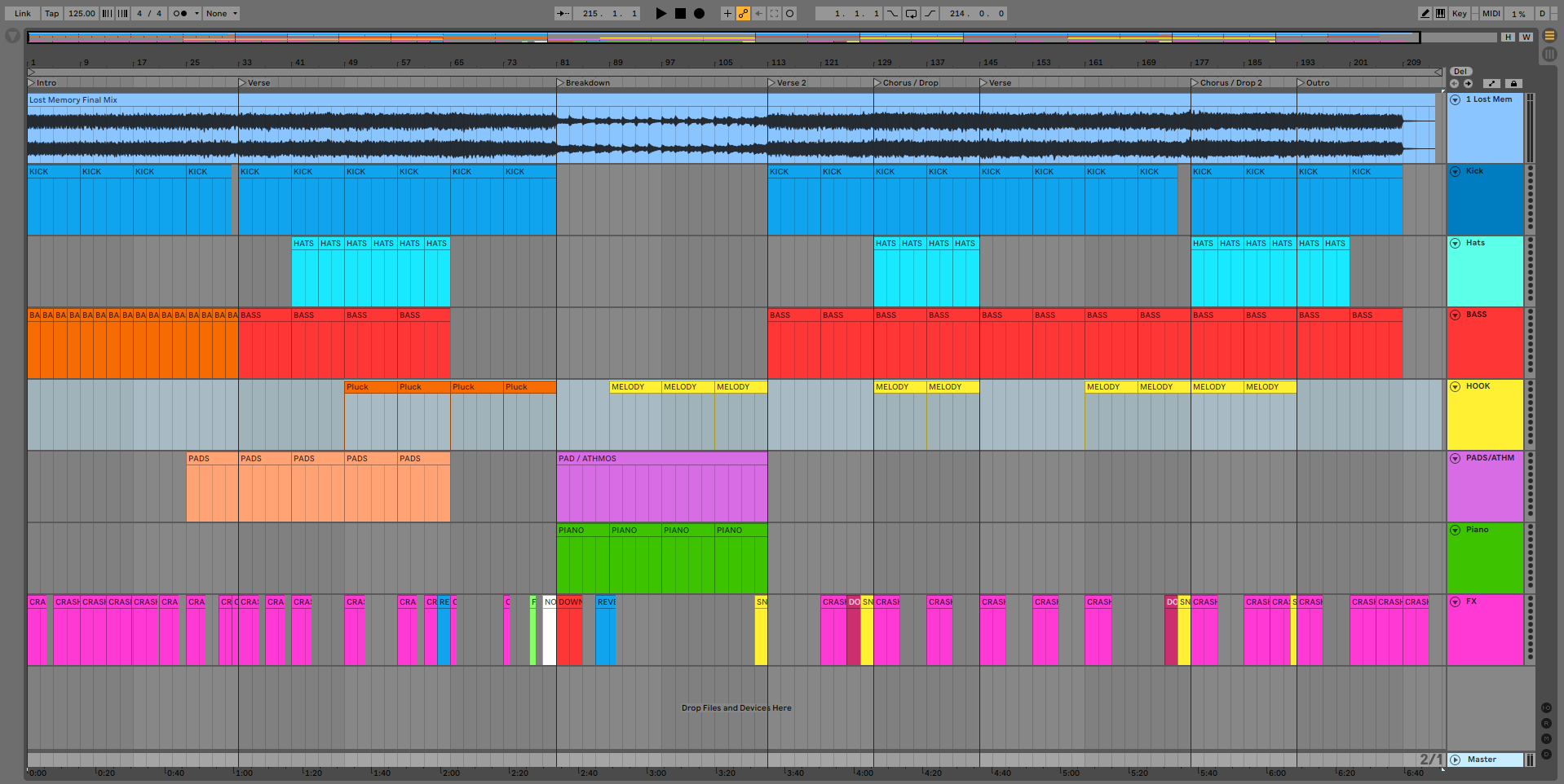
When you import a track into your own DAW make sure to set the BPM of your project the same as the song you are about to analyze. This makes aligning clips to the beat a lot easier. Use a tool like this one to figure out the tempo of a track.
